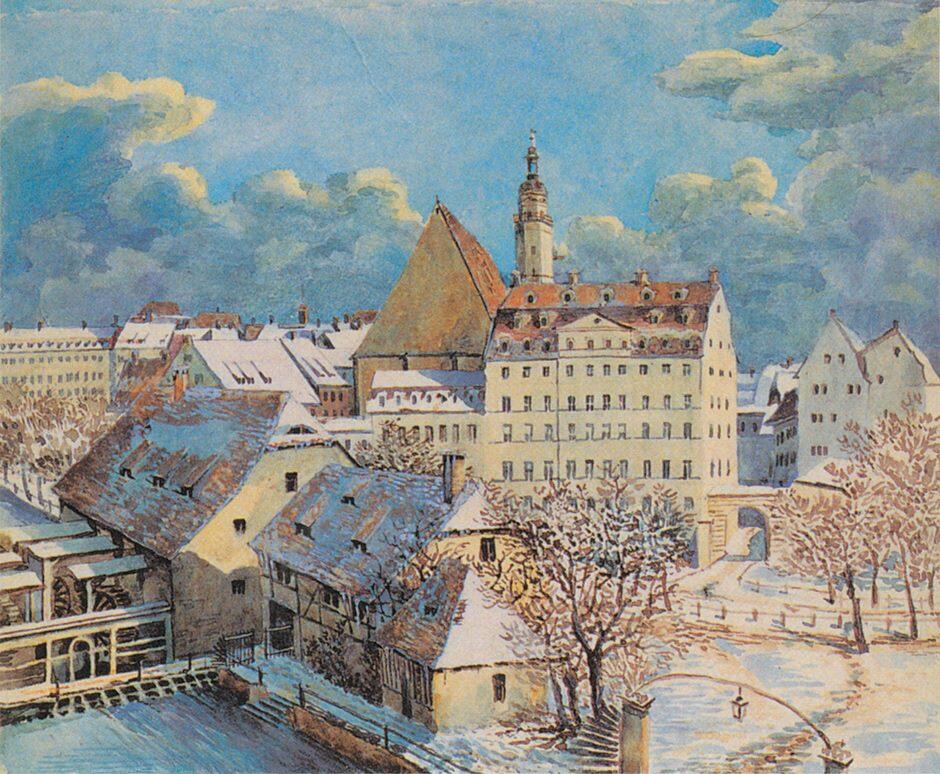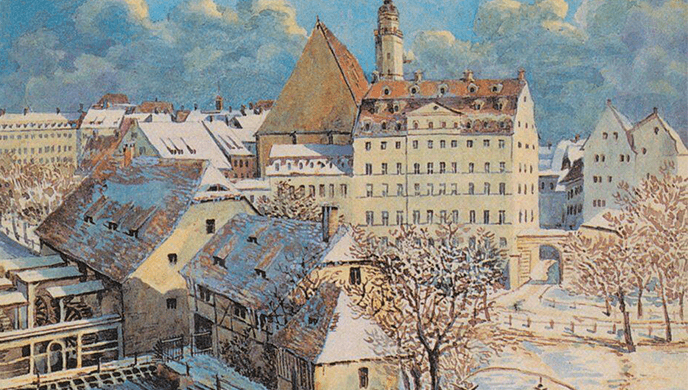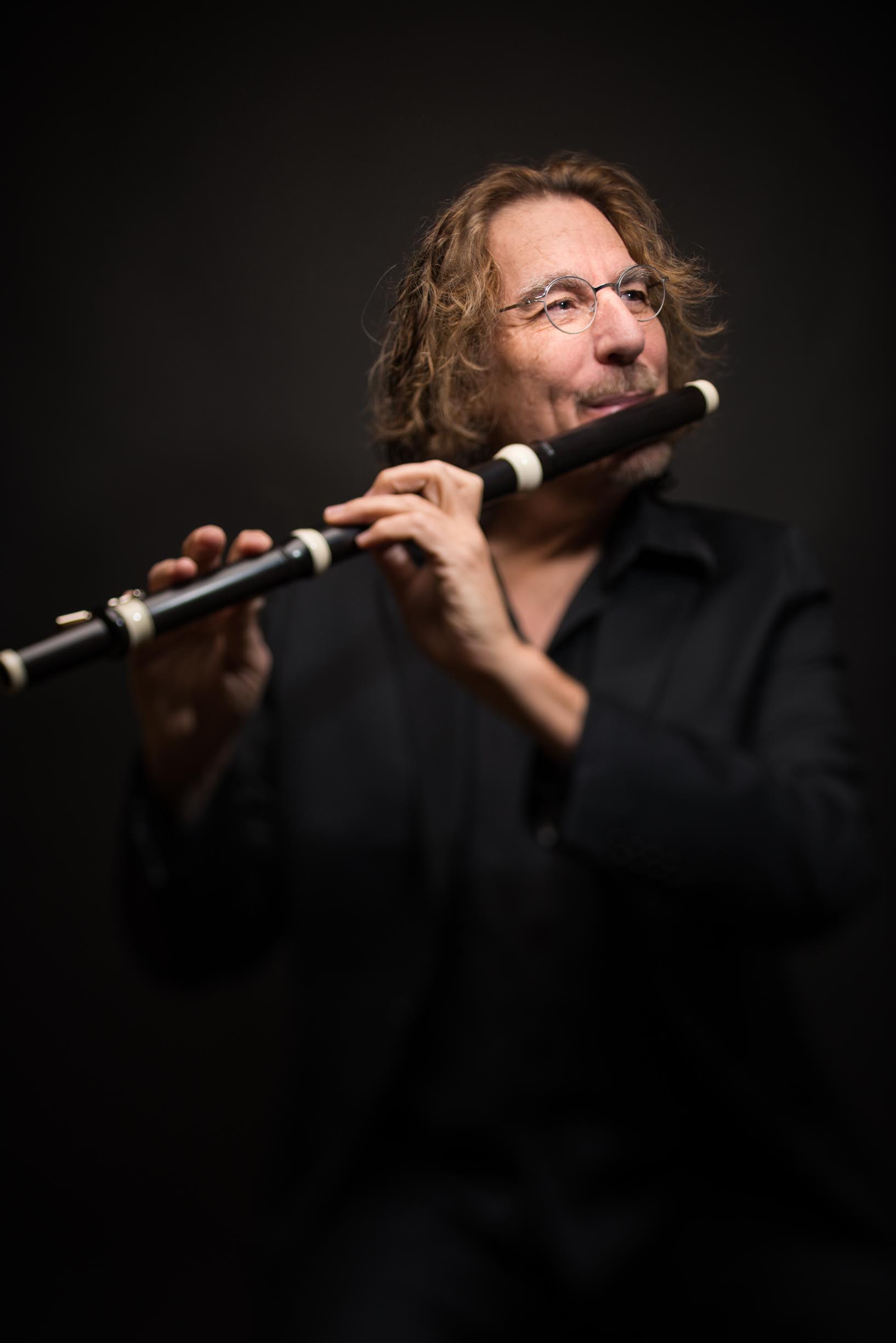Bach for the Holidays
By Patrick Dupré Quigley
As December closes in, Bach’s music sets the aural stage for my family’s holiday celebrations. Shimmering strings, clarion winds, harpsichord and organ magically combine to create a sonic winter wonderland. Bach is as much a part of the seasonal ambiance as stuffed stockings or garlands strewn above a roaring fire. And while snow hasn’t graced the rooftops of the Bay Area for quite some time, the music of Bach can be a brilliant substitute (without the need to shovel the driveway).

St. Thomas Church and St. Thomas School in Leipzig, where Bach worked as Choir Director. Watercolor by Felix Mendelssohn, 1838.
Snow was likely already on the ground in Leipzig on November 25, 1731, when Bach first performed the masterpiece church cantata Wachet auf, ruft uns die Stimme (popularly known today as Sleepers, Wake!). The twenty seventh Sunday after Easter—the liturgical occasion for the composition of Wachet Auf—was a rare occurrence. Only in years with an early Easter, and hence many weeks without a true festal occasion, did the 27th Sunday even make it into the Lutheran liturgical calendar. Enter Bach, the showman.
For this Sunday, only one week away from the solemn period of Advent, Bach created a glorious soundscape, replete with oboes, bassoons, strings, organ, harpsichord, and a solo horn, announcing the coming of a great eminence from afar. While carols on the radio might now remind us that the holiday season has begun, it was the slow, victorious rise of the chorale melody in the horn that let the people of Leipzig know that Christmas was coming. Now, 287 years later, Bach’s triumphant Wachet Auf leads us, once again, into the holiday season. Cantata 140 is joined on this program by Bach’s cantata for the first Sunday in advent, Nun komm, der Heiden Heiland, with its haunting opening strings calling out like wind blowing through splintered trees.
We will also celebrate with winter music written for the theater—the seldom-performed miniature Act III of Purcell’s King Arthur, most commonly referred to as “The Frost Scene.” As the scene opens, with snowflake motives in the strings, we find Cupid surrounded by a land of shivering people who are led by the Cold Genius, a despot given only to reason, never emotion. Lively Cupid, over the course of 15 minutes, breaks through the icy heart of the Cold Genius and, in turn, thaws his frozen minions. As is typically the case in Purcell, great celebrations ensue.
As you are looking for your winter “fix,” remember that across the globe, Bach remains a constant in millions of families’ holiday traditions. Why not make it one of yours?
See Patrick Dupré Quigley lead PBO in a celebration of Bach for the Holidays in Philharmonic Fire this December 5–9. Get tickets here.






